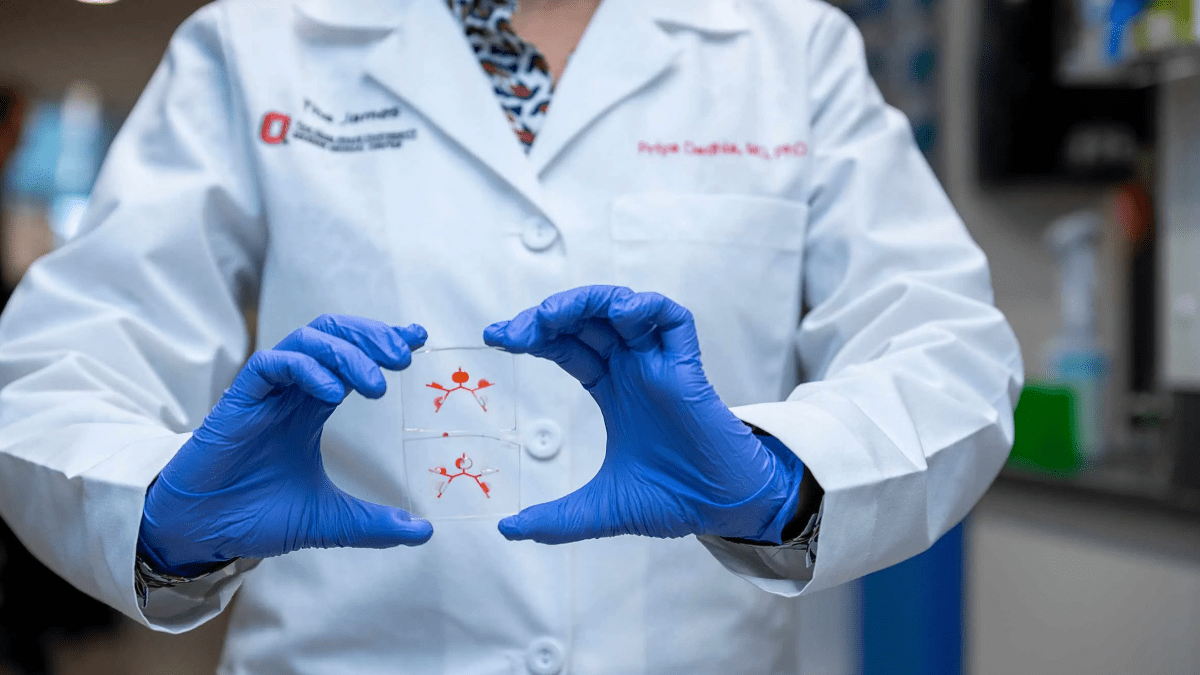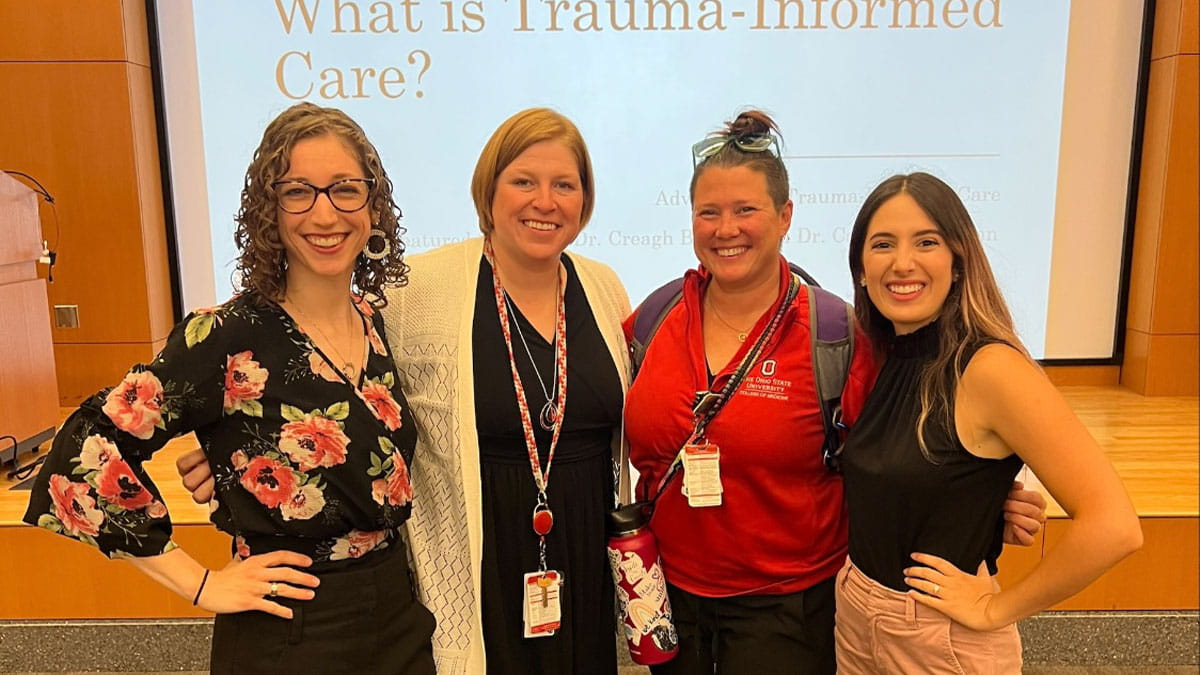Ohio State, Mid-Ohio Food Collective and Health Impact Ohio receive grant to address type 2 diabetes and food insecurity
According to researchers at The Ohio State University, a key component in improving type 2 diabetes (T2D) management is addressing food insecurity, diabetes education and social needs. An estimated 19% of adults with T2D are living with food insecurity, and T2D rates are higher among those living with food insecurity. Consuming a balanced and nutritious diet has a direct impact on a patient’s ability to manage T2D and maintain blood sugar control.
A five-year, $3.32 million grant from the National Institutes of Health, through the National Institute of Diabetes and Digestive and Kidney Diseases, enlists an interdisciplinary team of researchers at Ohio State in partnership with collaborators at community-based organizations. The goal of the grant is to gauge the effectiveness and feasibility of health systems helping to address patient social needs and deliver diabetes education referrals to improve diabetes control in food-insecure populations.
“Linking education, produce provision and community referrals to improve diabetes care (LINK),” will study the combined effects of the Mid-Ohio Farmacy produce referral program, Cooking Matters for Diabetes education intervention and referrals to the Central Ohio Pathways Hub to address social needs on hemoglobin A1c levels among a diverse population experiencing food insecurity and uncontrolled T2D.
According to Joshua Joseph, MD, MPH, assistant professor of Internal Medicine at The Ohio State University College of Medicine, the team will leverage existing community programs and relationships to address not only food insecurity, but other non-medical social needs, such as transportation barriers, housing instability or job insecurity. He explains that in order to combat the long-term impacts of uncontrolled T2D combined with food insecurity, innovative solutions are needed.
“Food insecurity is associated with a twofold higher all-cause mortality in T2D that disproportionality impacts lower socioeconomic status and racial and ethnic minority populations.,” Dr. Joseph says. “Diabetes can lead to small-vessel complications such as eye and kidney disease, nerve damage and amputations, and large-vessel complications such as cardiovascular disease.”
Dr. Joseph, along with co-principal investigator Daniel Walker, PhD, MPH, assistant professor of Family and Community Medicine and member of the Center for the Advancement of Team Science, Analytics, and Systems Thinking (CATALYST) at the Ohio State College of Medicine, have embedded team science in the study and have engaged a number of investigators and key personnel from across Ohio State’s health science colleges, including Seuli Brill, MD, Guy Brock, PhD, Aaron Clark, DO, Jennifer Garner, PhD, RD, Jennifer Hefner, PhD, MPH, Dan Jonas, MD, MPH, Ann McAlearney, ScD, MS, Saira Nawaz, PhD, MPH, Jennifer Shrodes, RD, LD, Seth Scarborough, MAS, and Eric Seiber, PhD. The project is also joined by co-investigator Amy Headings, PhD, RD, from the Mid-Ohio Food Collective, and includes a partnership with Health Impact Ohio.
The project leverages ongoing relationships with the Care Innovation and Community Improvement Program, Columbus Public Health, Ohio Commission on Minority Health, the Ohio State Wexner Medical Center Nutrition Services and Population Health, and Partners Achieving Community Transformation.
Previous research studies of health care-based interventions that combined produce provision with education had limited success in improving health outcomes, but these studies were limited because they didn’t evaluate the combined impact of diabetes education, produce provision and addressing co-occurring social needs.
Ohio State’s study will employ a randomized, controlled trial to evaluate the effect of the produce referral program alone and in combination with the other interventions. Additional aims include the assessment of intervention cost-effectiveness and a mixed-method process evaluation to understand the contextual factors that may impact intervention uptake, effectiveness and sustainability.
Dr. Walker explains that the study’s process evaluation includes quantitative and qualitative methods from various stakeholder perspectives, such as providers, agencies and patients.
“This project is significant because it will strengthen the scientific basis for referral from health care providers to community-based organizations to address food insecurity among individuals with T2D,” Dr. Walker says. “Our study is designed to identify and overcome barriers, such as data sharing, in order to create scalable and sustainable solutions to advance health equity.”



